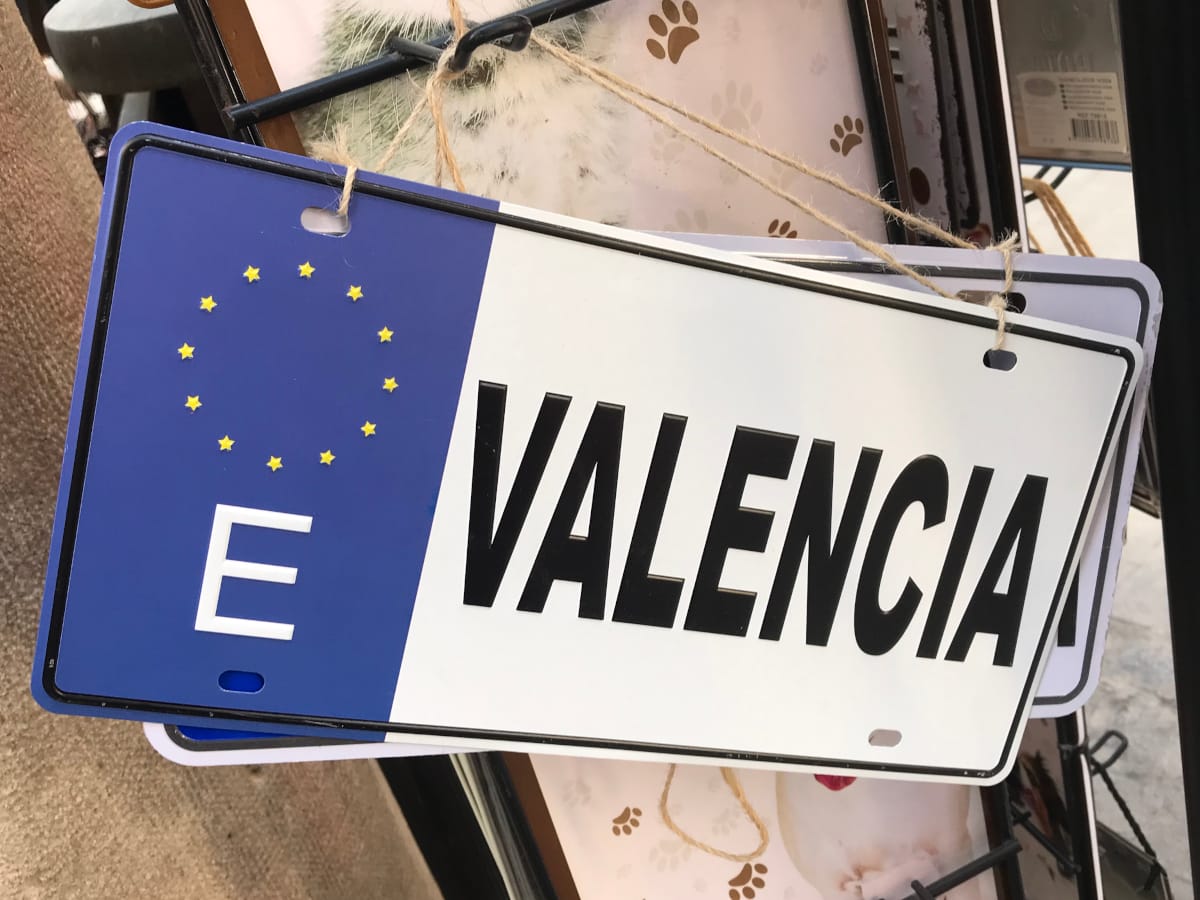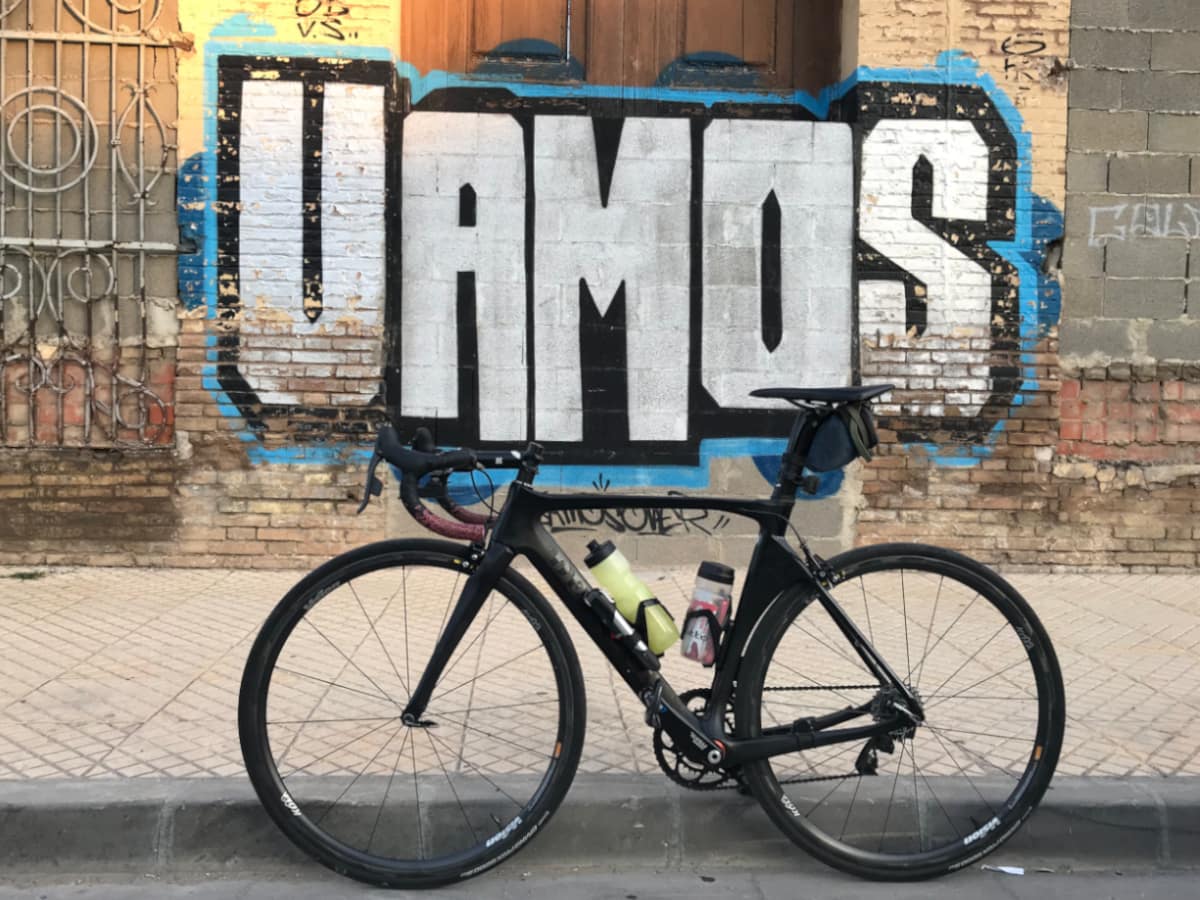The Spanish campos have a nature all their own
Being an avid cyclist has allowed me to explore and enjoy my area in Valencia. I’ve seen things I wouldn’t have been able to find from a car or public transit. Since I don’t train for competition as rigorously as I used to, I can literally sit up and take in my surroundings.
In contrast to look-at-me travel postings, what catches my attention are the glimpses of everyday life. This particular story starts at La Garrofera in Serra, Spain. On a recent Saturday morning, I arrived with my cycling group and saw that the restaurant was already crowded with bicycles – both mountain and road – leaning against any available space.
What a difference a year and half makes

The last time I was here was a year and a half ago, when, while riding, our group was caught in a cold December rain, which cut the ride short. The nearby hills were obscured by low-lying mist as we huddled around the space heaters while having our almuerzo – lunch.
Eighteen months later, we were seated outside, under the umbrellas, on a typical summer day in the foothills of the Serra Calderona. Looking around at the tables filled with cyclists and families, I noted the restaurant’s name, “La Garrofera” and asked my friends what it meant. Translated from the Valenciano to Spanish, it’s “Algarroba’‘ or carob in English.



At the back of the building sat its namesake tree. Through a combination of Spanish and gesticulation, I was told the algarroba was used to feed livestock as well as people. Further research confirmed my understanding, as well as the word’s etymology. It’s like the Garden of Eden here, with almonds, rice, horchata, artichokes, fig trees, and, of course, orange trees growing alongside the road.
Living inside and outside of the moment
I understand the desire to see in person those sights that we have seen for most of our lives (in the U.S.) such as the Eiffel, London, and Pisa towers. Admittedly, I’m Euro-centric and there are other sites in the world that I’d love to see and experience. Machu Picchu, the Great Wall of China, and perhaps Cuba before it gets Americanized?

I don’t have a bucket list. Okay, maybe with one exception – micro-states. There are 41 worldwide and and Europe has 10 of those. I’ve been lucky to see the San Marino and Vatican states and if given the chance I’d like to see Monaco, Lichtenstien, among others. Andorra is top of mind since it’s comparatively close to me. But if it doesn’t happen I won’t look back and regret not visiting those countries. For me, it’s a nice-to-have thing, not a gotta-have acquisition.
That aside, my preference in traveling is not traveling. OK, that’s contradictory. People wonder “What if we could just live here…” We’ve been fortunate to make that happen. And living in Europe affords relatively close proximity to other major cities on the continent. But what I really want is to experience it as a resident. With my news media background, my status was as a disinterested observer, outside looking in, and never a participant. However, I fully realize that I’ll never truly know Spain since my cultural background is different. But then again, I’m not certain I understand my home country of the United States that well either.
A lesson in botany and culture
Which brings me back to the carob tree. When I asked about the restaurant’s name, my lunch companions were very happy to explain what it meant and its uses. Now those trees I cycle past have a name and purpose to me.
Sounding like a young child, I constantly ask “What’s that?” “What does that mean?” (¿Qué es eso? ¿Cuál es el/la significado/a de…?”) The Valencianos are very proud of their region and take great pride in explaining to me the significance of this or that word or the history of a given place.
Since I’m continuously taking photos, I act like a tourist. I asked the staff of La Garrofera if I could take a picture of the row of paelleras, (the pans paella is prepared in), on the woodfired-stoves as the restaurant readied itself for the midafternoon lunch crowd. Even though the kitchen was sweltering from the cooking fires, the staff happily consented and showed off the various items being prepared.

The subject of my images are typically everyday objects. I’m intrigued by such sights as the structures in the middle of the rotondas (roundabouts) as one enters the town. These municipal symbols show a bit of the past and what is important to its citizens.
As I pull out my phone for one last photo, I say “Soy como un turista” “I’m like a tourist” to my group and their response is “No, no, vives aquí!” “ No, you live here!’
Addendum: Some of the rotondas and other civic markers in the Valencian community can be seen below in the slideshow. And if you want to see the locations: See it on the map: Rotondas around Valencia.

















Leave a Reply